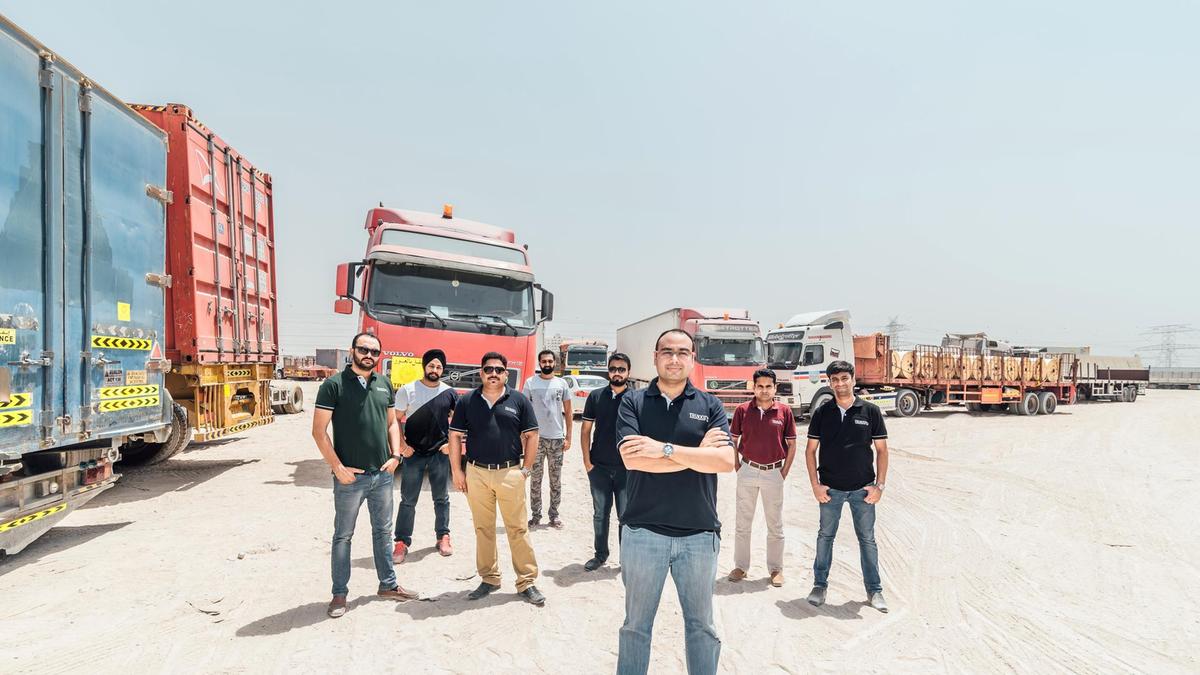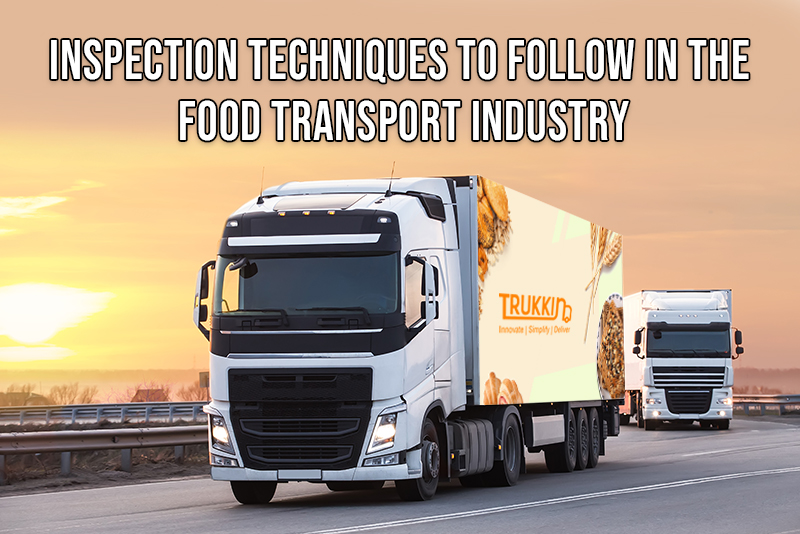January 30, 2020
Inspection Techniques to Follow in the Food Transport Industry

Food is an enigmatic component that calls for high security and a lot of consciousness. Where the food industry is growing with every passing second, the transport sector is flourishing along with it. Moving food to any given location is interconnected with endless responsibilities, plus the burden of its security is also enormous on every party involved. Logistics companies in the current days are required to walk on the path of restrictions, and a number of prohibitions lay down by the respective authorities in order to run the process successfully.
The overall method of moving the truck to two different sites comes along with a structured set of inspection; when not followed accurately can push one into serious legal troubles.
The inspection criteria that need to be met by the truck rentals to assess the easy flow of food;
- The container decided to move the truck can’t be selected only on the basis of the interiors because the overall exterior condition is also required to be met. In most cases, the customer looks over the interiors, thinking it is enough for food transportation, but the rules give equal importance to the exterior area as well.
- The bills associated with the food transport industry are required to be fulfilled by the best of efforts as missing anyone can stop the transport. Some of the common billing terms used are –
-
- Bill of lading
- Bulk food tanker receipt
- Container receipt
- Tools receipt
- Inspection of the floor of the tanker; yes, the flooring is vital and can’t be over shunned only with the visual examination. All the steps mentioned as per the manual must be followed, or else the container will not be approved for sending the food.
- The driver and the associates selected for the logistics movement of the food must hold the license, necessary documents, plus matching identification to avoid any stoppage.
- Doors have to be locked, and at the same time, any presence of holes, debris, dust, or pests need to be verified and solved during the initial stages itself.
- The non-food items that are supposed to cause problems, like infection, contamination, or concern to the food that is being transported in the truck, must be discarded. Anything that has the possibility to harm the food during transportation is not allowed in the logistics.
- The tools used for food transportation such as flashlight, calibrated thermometer, camera, spatula, etc. must be placed in the right place. Also, access to these tools should be granted to the personnel who are experienced in the same.


